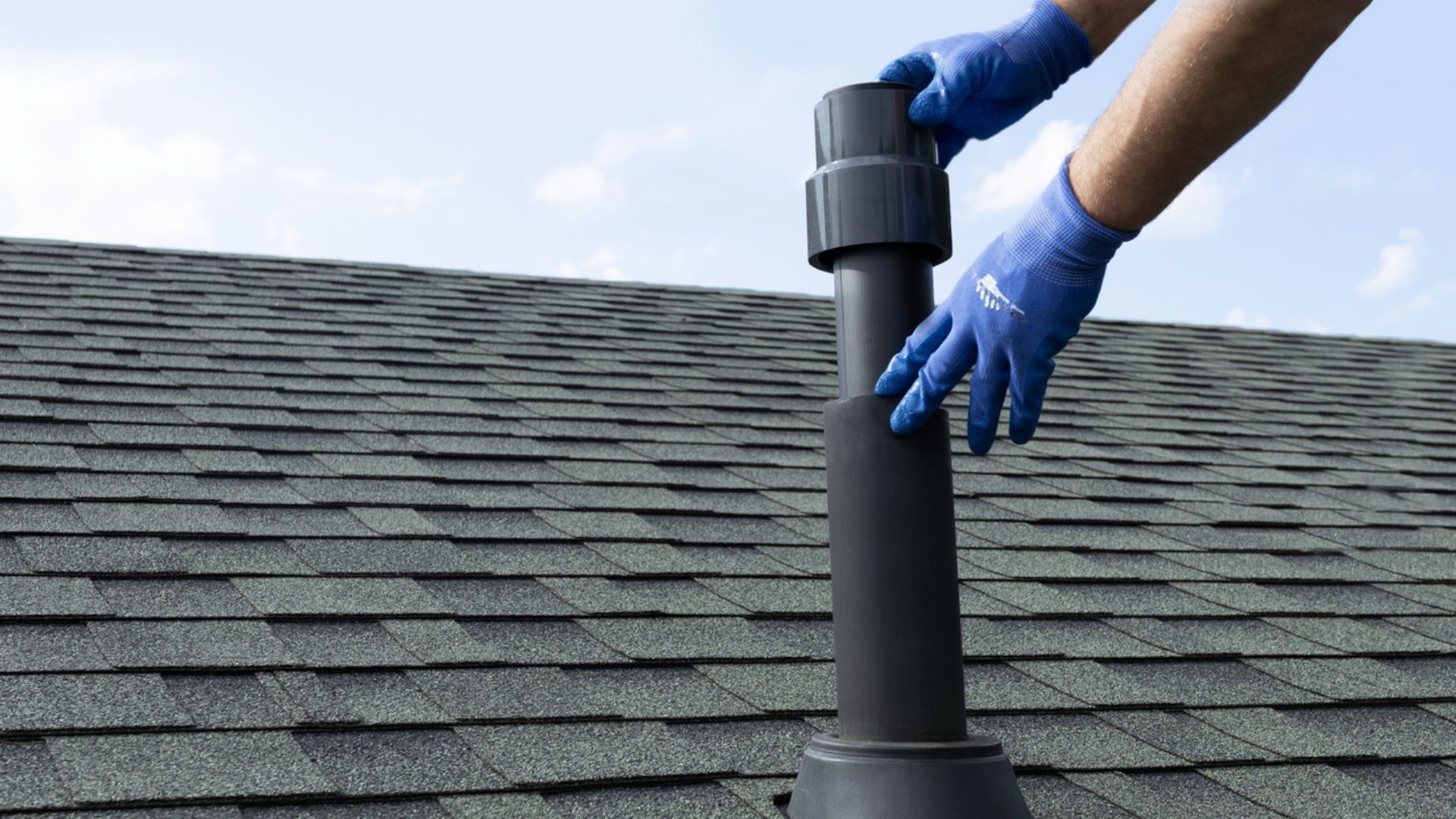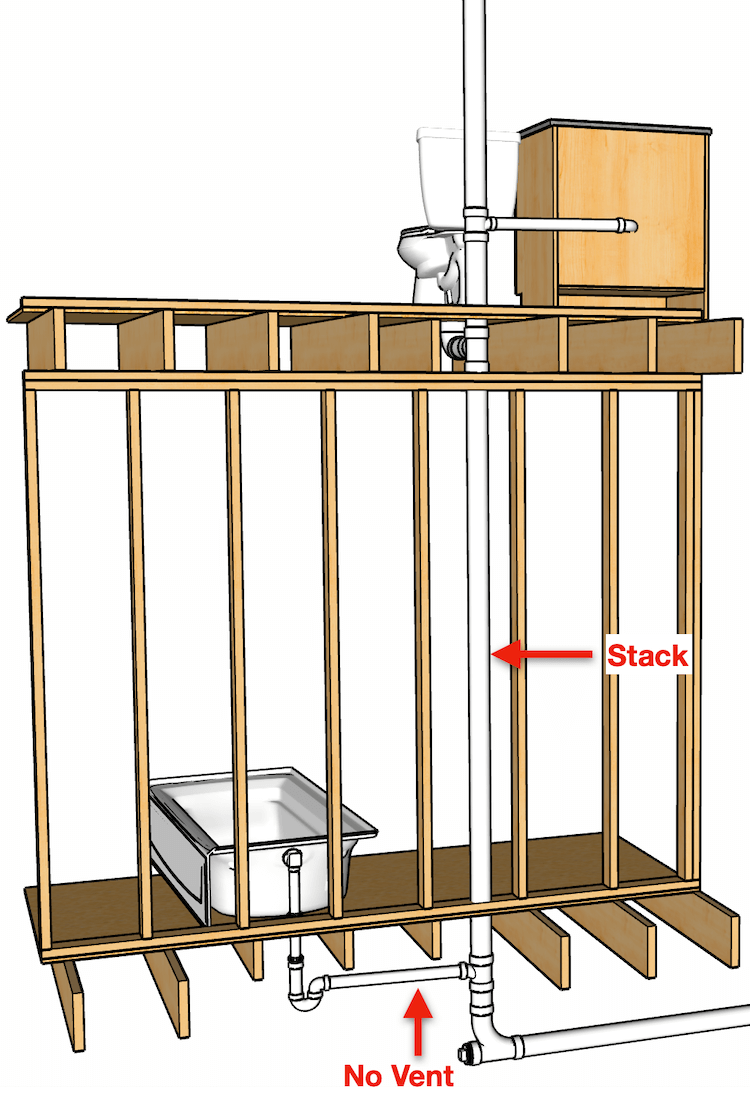Ensuring Correct Ventilation in Your Plumbing System: Why
Ensuring Correct Ventilation in Your Plumbing System: Why
Blog Article
This article on the next paragraphs in relation to Why Plumbing Air Vents Are Important is fairly motivating. Don't miss it.

Correct ventilation in plumbing systems is usually ignored, yet it is essential for preserving the functionality and security of your home's pipes. Air flow helps control air pressure, protect against the buildup of damaging gases, and make sure the efficient elimination of waste. In this overview, we will discover the value of proper plumbing ventilation, how it works, and the benefits it offers your plumbing system.
Just How Air Flow Functions in Plumbing Solutions
Air Pressure Law
Proper air flow preserves balanced atmospheric pressure within the plumbing system. When water streams with pipes, it displaces air. Without sufficient air flow, this displacement can create negative pressure, leading to slow drains pipes or siphoning of water from traps, which can create unpleasant smells to permeate right into the home.
Protecting Against Drain Gas Buildup
Among the most important functions of plumbing vents is to avoid sewer gases, such as methane and hydrogen sulfide, from accumulating within the home. These gases can pose significant health and wellness risks and are extremely flammable. Vent pipelines permit these gases to run away securely outdoors.
Assisting in Waste Removal
Air flow aids in the reliable removal of wastewater by preventing airlocks in the drain system. When air can stream freely with the vents, it enables water and waste to flow smoothly with the pipelines, reducing the threat of obstructions and backups.
Benefits of Correct Ventilation
Enhanced System Efficiency
Correctly ventilated plumbing systems operate much more efficiently, with fewer blockages, faster draining pipes, and less strain on the pipelines. This performance expands the lifespan of the pipes system.
Improved Air Quality
By preventing sewage system gases from entering your home, appropriate ventilation contributes to much better interior air top quality, making your living environment healthier and extra comfy.
Avoiding Water Damage
Adequate ventilation helps stop water from being siphoned out of traps, which can result in sewer gases getting in the home and creating water damages over time.
Steps to Make Sure Appropriate Ventilation
Consulting Plumbing Codes
Always seek advice from regional pipes codes when designing or modifying your plumbing system. These codes offer the needed guidelines for proper airing vent and guarantee your system meets safety and security criteria.
Normal Inspection and Upkeep
Regular examinations can help recognize potential air flow issues prior to they end up being major problems. Maintenance tasks, such as cleaning vent pipes and checking for obstructions, are essential for maintaining the system in good working order.
Professional Installation
For new installations or major alterations, it's a good idea to employ an expert plumbing. They have the expertise to make certain the ventilation system is appropriately designed and set up according to code.
Recognizing Ventilation in Pipes
Ventilation in pipes describes the network of pipelines that allow air to flow via the water drainage system. These vents offer numerous functions, consisting of controling air pressure within the pipes, preventing sewage system gases from entering the home, and assisting in the smooth flow of wastewater.
Types of Pipes Vents
Key Heap Vent
The main pile air vent, also referred to as the air vent stack, is the primary vent in a plumbing system. It extends from the primary drainpipe align with the roof, enabling gases to leave and fresh air to enter the system.
Branch Vent
Branch vents link to the major stack vent and offer individual components, such as sinks, commodes, and showers. These vents guarantee that each component has sufficient air flow to function correctly.
Air Admittance Valve (AAV).
An Air Admission Shutoff (AAV) is a one-way shutoff that allows air to get in the pipes system without the need for a typical vent pipe extending through the roofing. AAVs are generally used in improvements or locations where mounting a conventional air vent is unwise.
Signs of Poor Air Flow in Plumbing.
Slow Draining Fixtures.
If your sinks, tubs, or toilets are draining pipes gradually, it could be a sign of poor ventilation. Insufficient air circulation can produce a vacuum cleaner impact, making it challenging for water to drain effectively.
Gurgling Seems.
Gurgling audios originating from drains are usually a result of air being drawn via water traps due to unfavorable pressure in the pipes. This is a clear indication of insufficient air flow.
Undesirable Smells.
Sewer odors inside your home are a red flag that your pipes system is not appropriately ventilated. This could mean that drain gases are not being appropriately aired vent outside, leading to possibly harmful problems.
Usual Air Flow Mistakes.
Inadequate Vent Sizing.
Making use of small air vent pipelines can cause bad air circulation and pressure inequalities in the system. It's important to make use of vents that meet the particular requirements of your pipes system.
Improper Vent Positioning.
Positioning vents as well far from the components they serve can decrease their performance. Correct positioning ensures that air can stream openly and efficiently with the system.
Disregarding Code Requirements.
Building regulations provide details guidelines for pipes ventilation. Ignoring these codes can lead to a system that stops working to work appropriately and may result in costly fixings or health hazards.
Conclusion.
Proper ventilation is a crucial element of any pipes system, ensuring that it functions efficiently and safely. By understanding the importance of air flow, identifying the indicators of bad air flow, and taking steps to preserve your system, you can protect against costly problems and secure your home's air high quality.
4 Things You Should Know About Your Plumbing Vents
What Plumbing Vents Are
Also called a vent stack, a plumbing vent is a vertical pipe attached to your drain line that runs through your roof. The plumbing vent pipe, or plumbing air vent, removes gas and odors from your plumbing system and allows fresh air to enter the pipes, helping the water to flow out of the drain pipes.
What Plumbing Vents Do
Plumbing vents have two basic functions. One of which is to allow unpleasant smelling wastewater and sewer gasses to escape your plumbing system instead of entering your home. Plumbing vent pipes are typically located on roofs, away from windows, to ensure the fumes exit the home completely.
The other function of the plumbing vent is to move fresh air into your plumbing system. This helps move water through every plumbing fixture in your house, like toilets and sink drains. Think of the way in which you need to let a little air into the bottle as you pour soda in order to make the drink flow smoothly.
Different Types of Plumbing Vents
True vent: This is the most common vent option. In simplest terms, a true vent is a vertical pipe attached to your drain line that exits through the roof. They often function as the main vent that other fixtures can connect to. Re-vent pipe or auxiliary vent: Attached to the drain line near specific plumbing fixtures, re-vent pipes run up and over to connect to the main vent. Common vent: Two plumbing fixtures installed on opposite sides of a wall are typically tied into the vent stack using something known as a sanitary cross. Wet vent: This venting option operates as a drain pipe and a vent at the same time. Wet vent drainage systems drain water from one fixture while venting the air from another. Although they’ve been used for over 100 years, wet vent systems have only recently been added to the plumbing code in many areas. If you’re planning on installing one in a bathroom remodel, make sure you check your local code prior to construction. Loop vent: For free-standing fixtures like kitchen island sinks, loop vents are ideal. These vent pipes run under the floor, rise from the P-trap, and create a loop inside the cabinet sink. Air admittance valve: An AAV is a one-way mechanical valve typically installed at the site of the plumbing fixture. AAVs allow venting to occur without having to tie into a larger venting system. They’re ideal for venting fixtures where you aren’t able to easily connect to an existing vent system. Common Plumbing Vent Issues
Although vent pipes typically don’t have water flowing through them, they’re still subject to many typical plumbing issues. For example, clogs are one of the most common problems associated with sewer vent pipes. If your vent pipe gets clogged, all of your plumbing fixtures tied into the vent stack will be affected.
A sink with a slow drain that bubbles and gurgles or a strong sewage smell around your toilet are both indicators that your toilet vent pipe is clogged. Because most vent pipes exit through the roof, old leaves, twigs or even a bird’s nest could be clogging the pipe.
Clogs in your vent pipe system cause a buildup of negative pressure, meaning that water won’t be able to flow out of your home very well. It’s similar to putting your finger over the opening of a straw to trap water inside. When you remove your finger, the water is able to flow out of the straw.
If you suspect you have any blockage in your vent, make sure you have a professional come examine the situation. Left unchecked, a blocked air vent can lead to other costly repairs, like leaks and sediment buildup.
Under Pressure
Pipe vents are essential aspects of a home’s plumbing system. Owning a home means learning about all sorts of things you never put much thought into before. But by understanding as much as you can about the important systems of your home, you can keep those budgets intact and those anxiety levels low.
https://www.homeserve.com/en-us/blog/home-improvement/plumbing-vents/

I was made aware of that editorial about Why Plumbing Air Vents Are Important through a pal on another web blog. For those who liked our post if you please make sure you remember to share it. Many thanks for taking the time to read it.
Book A Free Estimate Report this page